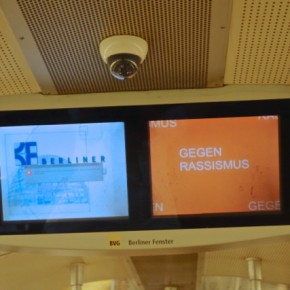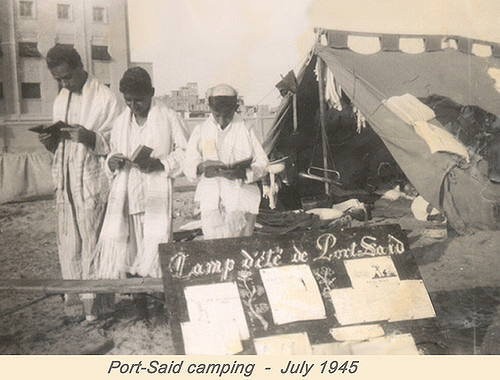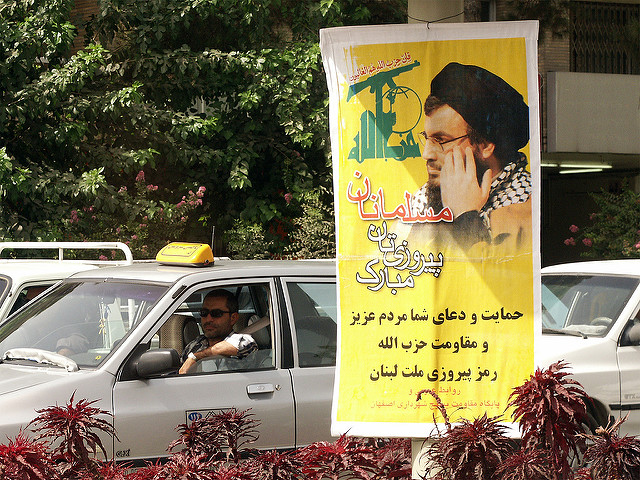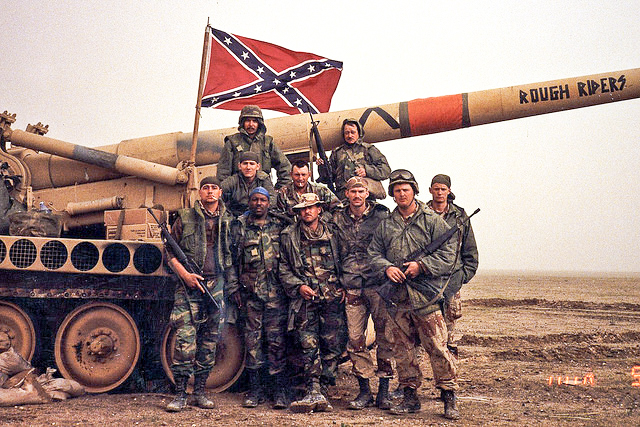There’s an extremely passionate debate circulating in Middle Eastern studies circles about an article by Sultan Sooud al-Qassemi. A noted analyst, al-Qassemi argues that Gulf cities have seized the mantle of “centers of the Arab world” from the traditional capitols of Cairo, Beirut, and Baghdad. This has provoked a great deal of both criticism and praise, whether it be a barely-contained polemic by Asad Abu’Khalil, or a strangely narcissistic (or perhaps it isn’t strange) nationalism by Abdulkhaleq Abdulla. Having read the piece, and some of the responses it has generated, I’m dismayed at the way that al-Qassemi has approached a title as abstract as “center of the Arab world.”
The most emotional sides of this debate are lost to me as a Pakistani, even though I grew up in the region. Much of it has struck me as an unproductive shouting match between those who affirm al-Qassemi’s points, and others who take offense at seeing their favorite cities slighted.
Regardless of that, I disagree with him. al-Qassemi is incorrect to say that the Khaleeiji cities have become the Arab capitols of the present, and thus, the future. His argument isn’t convincing. al-Qassemi is wrong, because his ideas about cities, and culture, are in the process of being exploded by the Arab Spring.
What does it mean to be a “center of the Arab world,” exactly? If you ask al-Qassemi, it’s proof that your oil wealth has been invested wisely, and that you have become a cultural, business, and trading center. But are cities really no more than earthly containers of wealth that finds a home there? al-Qassemi assumes that successful cities can be measured by factors such as the size of airport floor space, media zones, local branches of Western universities, and the tantalizingly large dollar figures of a country’s economic size. The article ends with the reader having the impression that they were supposed to be convinced of the Gulf cities’ worth because of the glitzy progress they’ve undergone.
I’m not as easily impressed. al-Qassemi forgets that cities are a convergence of human experience, and desire. They’re settings in which millions of people arrive at different times, for similar goals of self-betterment, and work. At times when the dreams of their residents, and society as a whole, are not being realized, they also become the main engine by which their residents can better conceptualize, and make manifest, their yearning for emancipation.
Given that reality, it saddened me greatly to read this line from that rather arrogance piece by Abdulkhaleq Abdulla:
The Cairo of 2013 is in near shambles and cannot function as a center for anything except probably for the 3-year-old Arab Spring which is going nowhere.
Where is the Arab Spring supposed to “go” in Cairo, exactly? The reason that Cairo is in shambles is because it’s a city that has been galvanized by attempts to envision the new. For me, that’s what a center of the Arab world is supposed to do: fight for the future. Cairo is still one of the centers of the Arab world, because its current difficulties are a result of the fact that the Cairo that will be hasn’t been born yet. It’s still lost in the fighting of the Arab Spring. That goes for many cities across the region.

The fact that the Khaleeji cities are not dealing with such unrest is not something of which to be proud. It means that they’re absent from critical discussions of what Arab cities will come to mean. How can they be leaders if they’re so conspicuously missing? It’s also worth noting, once again, that their relative tranquility came at a violent price.
The Gulf states only avoided the unrest of the Arab Spring because they’re controlled by morally-bankrupt monarchs, who are backed by investors armed by the West, and who successfully pressed for a peaceful democratic revolt in Bahrain to be crushed. This is because the idea of embracing the new, in any serious way, was too much for the leaders of these alleged centers to bear. As a result, we’re at a point where not only is the new still in the process of being born in cities like Cairo, but it has also been sterilized against in the Gulf, following an induced miscarriage in Bahrain.
These realities mean that Khaleeji cities are only Arab centers in an increasingly outdated definition of the term. There’s nowhere where that is more true than how these cities treat culture. The future of culture in the region means its progression towards something more democratic, both in its production, and also its appreciation.
And yet, al-Qassemi cites no examples of the Khaleeji cities’ cultural strengths that offer such a progression. Instead, we see more treatment of high culture as it has unfortunately become in a market-oriented world: an attempt to situate brilliant works in such a manner that they bestow everyone involved with a sense of superiority. For the Gulf cities, awards, endowments, and new buildings for cultural exploits, are simply another way to lend a sense of legitimacy to their status as playgrounds of the wealthy.
Art begins to lose its aesthetic quality in such a context. Rather than being appreciated for its own sake, it’s reduced to a means for connoting class and status. This doesn’t mean that beautiful works can’t be displayed and appreciated as such in the Khaleeji cities. It also does not mean that good art cannot be produced there. What it means is that this isn’t the priority. It’s not a step forward that warrants the phrase “cultural center,” and it’s certainly not the future. It is a regressive expression of how culture is done that is only happening in the Gulf cities because of the unique intersection of their investment capabilities, iron-fisted (whenever necessary) policies, and relentless desire to indulge in glamour.
More broadly though, the main problem with these debates is that they have been often oblivious to trends on the ground. What we’re experiencing in the Arab world is a monumental shift in how things are done, how civic institutions are conceived, and how democracy is made manifest not only in politics, but also in economic and cultural life, and what we even consider when we say, “center of the Arab world.” Once those conversations have settled, it will not be the old capitols that find themselves behind. It may not even be all of the Khaleeji ones. It will be the cities that have successfully prevented the growth of substantive democracy.
Photographs courtesy of Sarah Ackerman and Dan Mason. Published under a Creative Commons License.





